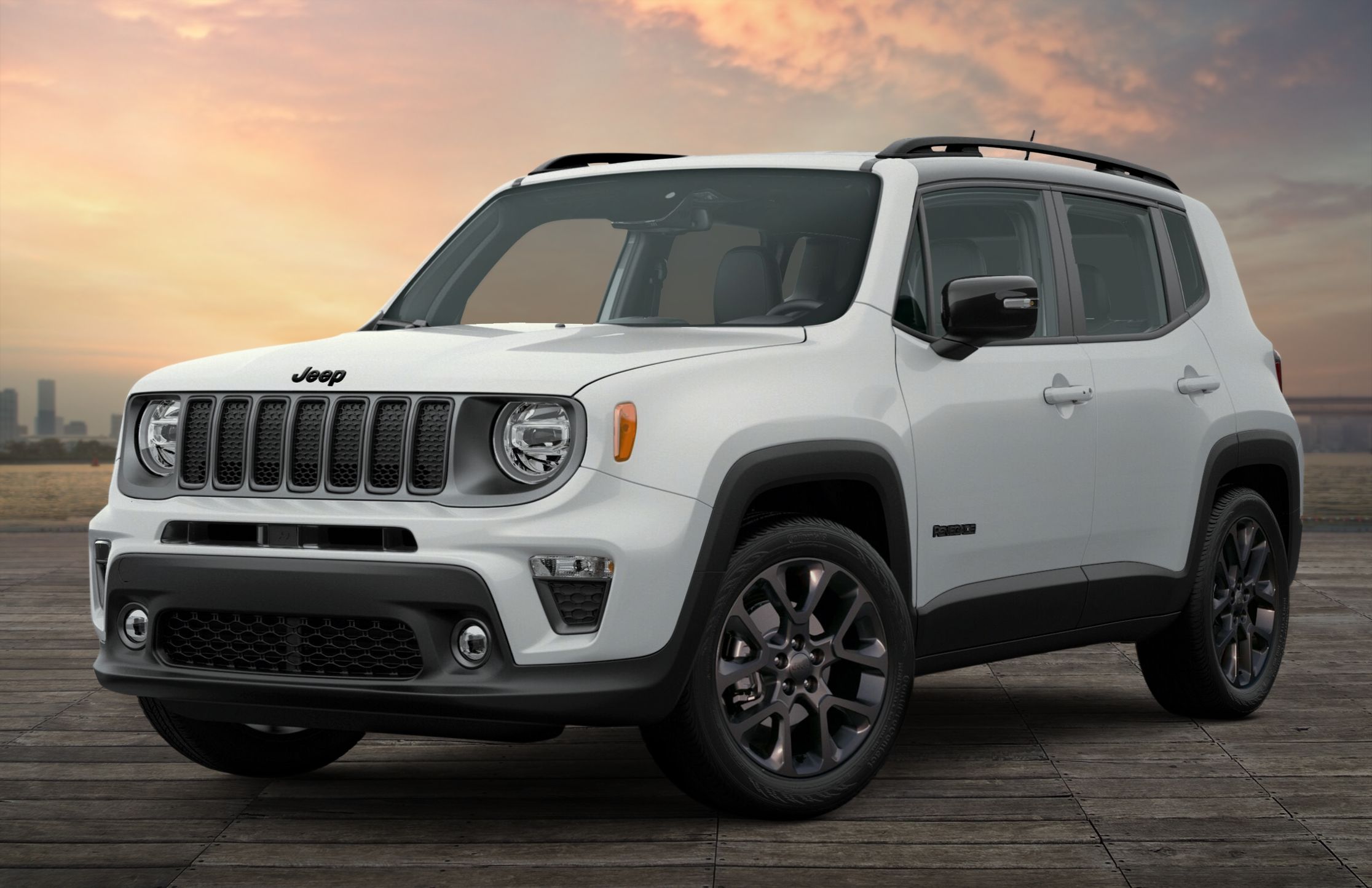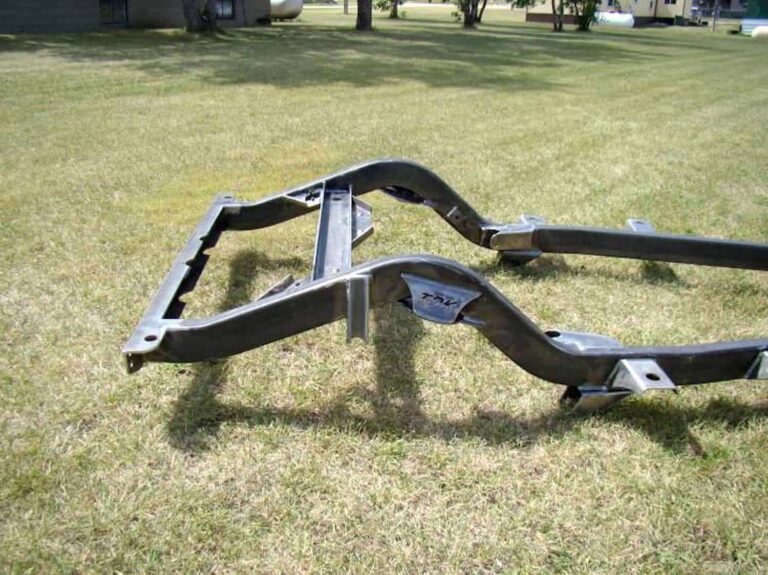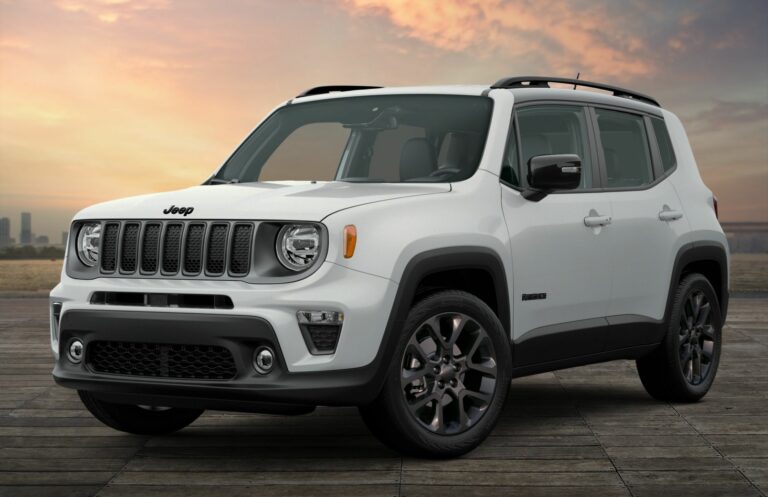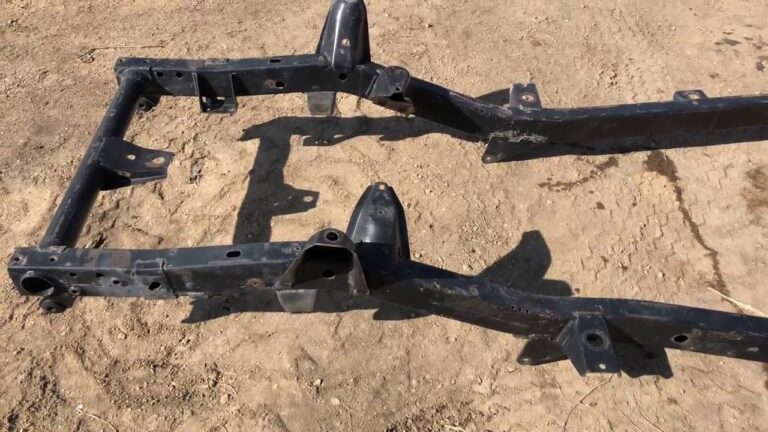Jeep Nutserts For Sale: The Ultimate Guide to Threaded Inserts for Your Off-Road Beast
Jeep Nutserts For Sale: The Ultimate Guide to Threaded Inserts for Your Off-Road Beast jeeps.truckstrend.com
The world of Jeep modification and repair is a vast and intricate landscape, filled with specialized tools and components designed to enhance performance, durability, and aesthetics. Among these indispensable items, "nutserts" stand out as unsung heroes. Often referred to as rivet nuts or threaded inserts, nutserts are ingenious fasteners that create strong, load-bearing threads in thin materials where traditional nuts and bolts simply won’t work, or where access to the backside of the material is impossible. For Jeep owners, especially those tackling rust repair, aftermarket accessory installation, or custom fabrication, understanding and utilizing nutserts is not just convenient—it’s essential.
Whether you’re looking to securely mount rock sliders, install new fender flares, attach interior panels, or simply replace rusted-out threaded holes, nutserts offer a clean, professional, and robust solution. This comprehensive guide will delve into everything you need to know about Jeep nutserts for sale, from their fundamental purpose to their various types, installation techniques, and crucial buying considerations, ensuring you make informed decisions for your beloved rig.
Jeep Nutserts For Sale: The Ultimate Guide to Threaded Inserts for Your Off-Road Beast
Understanding Jeep Nutserts: What They Are and Why Your Jeep Needs Them
At its core, a nutsert is a tubular rivet that is internally threaded. It’s designed to be inserted into a pre-drilled hole from one side of a material (like a Jeep’s body panel or frame) and then deformed, or "set," using a specialized tool. This deformation causes the nutsert to expand and grip the material firmly, creating permanent threads that can then accept a bolt.
The primary reason nutserts are so vital for Jeeps stems from the unique characteristics of their construction. Jeeps, particularly older models, often feature sheet metal bodies that are relatively thin. Furthermore, many areas are boxed in or have limited access from the rear, making it impossible to hold a nut in place while tightening a bolt. Traditional self-tapping screws might strip out over time, and welding a nut can be impractical, messy, and compromise paint or anti-corrosion coatings.
Nutserts solve these challenges by providing:
- Blind Installation: They can be installed from one side, perfect for enclosed sections of a Jeep frame, body tubs, or interior panels.
- Strong, Reusable Threads: Unlike self-tapping screws, nutserts create machine threads that can be used repeatedly without degradation.
- Clean Finish: They offer a flush or near-flush finish, contributing to a professional appearance.
- Versatility: Capable of securing a wide array of accessories and components, from light bars and recovery points to seat mounts and door hinges.
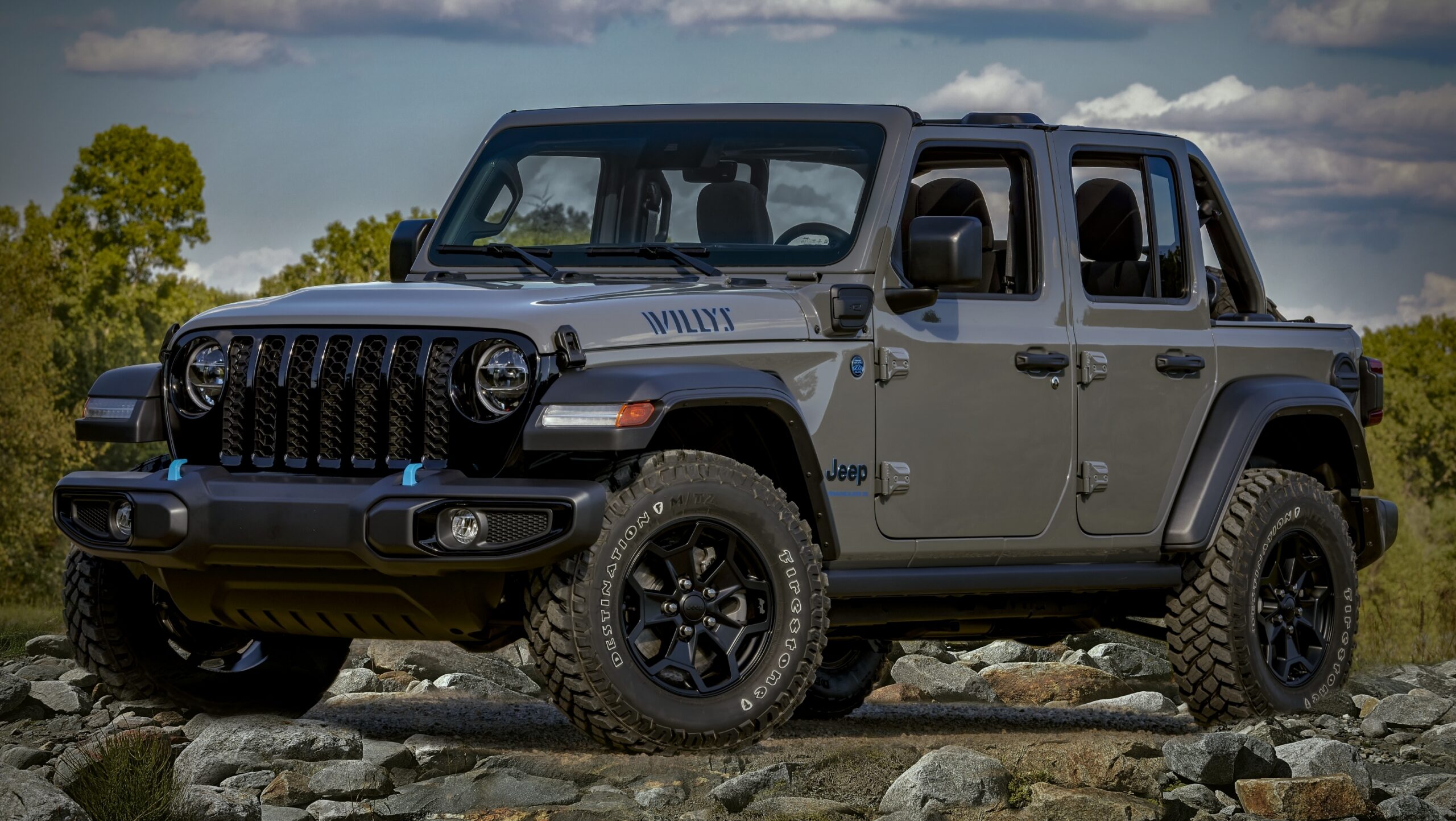
The Indispensable Benefits of Using Nutserts in Your Jeep

The advantages of incorporating nutserts into your Jeep projects extend far beyond mere convenience. They offer tangible benefits that contribute to the longevity, functionality, and overall quality of your vehicle modifications.
- Superior Fastening Strength: When properly installed, nutserts provide significantly stronger and more reliable attachment points compared to sheet metal screws, preventing pull-out or stripping, especially in high-vibration or load-bearing applications.
- Corrosion Resistance (with proper material selection): By choosing nutserts made from stainless steel or properly coated steel, you can minimize the risk of galvanic corrosion between dissimilar metals and protect against rust, a common nemesis for Jeeps.
- Ease of Installation and Removal: While a specialized tool is required, the actual installation process is straightforward and much quicker than welding or fabricating complex mounting solutions. Furthermore, components attached with nutserts can be easily removed and reinstalled for maintenance or modification.
- Reduced Material Damage: Unlike welding, which can warp or burn through thin sheet metal and destroy protective coatings, nutsert installation is a cold process that preserves the integrity of the surrounding material.
- Professional and Clean Aesthetic: Nutserts provide a neat, factory-like appearance, eliminating the need for bulky nuts or exposed threads on the backside of panels. This is particularly valuable for interior modifications or visible exterior components.
- Flexibility for Customization: For those building custom Jeeps or adding unique accessories, nutserts empower endless possibilities, allowing you to create new mounting points exactly where you need them without extensive fabrication.

Types and Materials of Jeep Nutserts: Choosing the Right Fit
The world of nutserts offers a surprising variety, each designed for specific applications and environments. Understanding these distinctions is crucial when searching for "Jeep nutserts for sale."
By Material:
- Steel (Zinc-Plated or Black Oxide): The most common and cost-effective option. Zinc plating provides basic corrosion resistance, while black oxide offers a more aesthetic, non-reflective finish. Steel nutserts offer excellent strength and are suitable for general interior or less exposed exterior applications. However, they are susceptible to rust if their coating is compromised.
- Stainless Steel (304 or 316): Ideal for exterior applications, marine environments, or anywhere corrosion is a significant concern. Stainless steel nutserts offer superior rust resistance but are generally softer than steel, meaning they have slightly lower tensile strength. 316 stainless steel offers even better corrosion resistance than 304, particularly against chlorides.
- Aluminum: Lightweight and corrosion-resistant, aluminum nutserts are perfect for applications where weight is a factor or when fastening into aluminum components (to prevent galvanic corrosion). They are, however, the least strong of the three primary materials.
By Head Style:
- Flat Head: The most common, providing a flush or slightly raised profile against the material surface.
- Reduced Countersunk Head: Designed to sit slightly below the surface for a very flush finish, requiring a countersunk hole.
- Large Flange Head: Offers a wider bearing surface, distributing the load over a larger area, ideal for softer materials or oversized holes.
- Closed End: Features a sealed end, preventing water, dust, or debris from entering the component through the nutsert. Essential for watertight applications.
By Body Style:
- Round Body: The standard, requiring a round drilled hole.
- Knurled Body: Features a textured surface that increases resistance to rotation, offering a more secure grip in the material.
- Hex Body: Designed to be inserted into a hex-shaped hole, providing maximum resistance to rotation, making it ideal for high-torque applications.
- Slotted Body: Often used in plastic or composite materials, these nutserts have slots that allow them to collapse and grip more effectively.
By Thread Size:
Nutserts come in both metric (e.g., M6, M8, M10) and imperial (e.g., 1/4-20, 5/16-18, 3/8-16) thread sizes, corresponding to the bolts you intend to use. Ensure compatibility with your existing hardware or chosen fasteners.
How to Install Jeep Nutserts: A Step-by-Step Guide for Success
Installing nutserts correctly is crucial for their performance and longevity. While the process is straightforward, precision and the right tools are key.
Essential Tools:
- Nutsert Installation Tool: This is the most critical tool. Options range from simple manual hand tools (lever-action, often the best for occasional use) to more expensive pneumatic or electric tools for high-volume work. Ensure the tool is compatible with the nutsert size you’re using.
- Drill: A standard electric or cordless drill.
- Drill Bits: The correct size drill bit for the specific nutsert. This is paramount, as an undersized hole will prevent insertion, and an oversized hole will result in a loose or failing nutsert. Most nutsert manufacturers provide a recommended drill bit size for each nutsert size.
- Marker/Punch: For accurate hole marking.
- Safety Glasses and Gloves: Always protect your eyes and hands.
Installation Steps:
- Mark the Location: Carefully mark where you want to install the nutsert. Use a center punch to create an indentation, which will prevent the drill bit from wandering.
- Drill the Hole: Using the exact recommended drill bit size for your nutsert, drill a clean, straight hole through the material. Deburr the edges of the hole if necessary.
- Prepare the Nutsert Tool: Thread the nutsert onto the mandrel of your installation tool until it’s snug.
- Insert the Nutsert: Push the nutsert (with the tool attached) into the drilled hole. Ensure the flange or head of the nutsert is flush against the material surface.
- Set the Nutsert:
- Manual Tool: Squeeze the handles of the nutsert tool firmly and steadily. You’ll feel the nutsert deform and the tool "bottom out."
- Pneumatic/Electric Tool: Activate the tool according to its instructions. These tools often have adjustable settings for stroke length or pressure.
- Remove the Tool: Once the nutsert is fully set, unthread the tool’s mandrel from the newly installed nutsert.
- Test the Installation: Attempt to thread a bolt into the nutsert by hand. It should thread smoothly and feel secure. If it feels loose or spins, the nutsert may not have been fully set, or the hole was too large.
Tips for Success:
- Practice: If it’s your first time, practice on a piece of scrap metal of similar thickness to your Jeep’s body.
- Lubrication: For stainless steel nutserts, apply a small amount of anti-seize compound to the nutsert’s threads before setting. This prevents galling (cold welding) of the stainless steel, which can make removal of the bolt difficult later.
- Don’t Over-Set: Over-setting a nutsert can deform the base material or weaken the nutsert itself. Stop when the tool bottoms out or the nutsert is firmly gripping.
- Match Materials: For long-term corrosion resistance, try to match the material of your nutsert to the material of the bolt you’ll be using (e.g., stainless steel nutsert with a stainless steel bolt).
Where to Buy Jeep Nutserts: Navigating the Market
When you’re ready to purchase "Jeep nutserts for sale," you’ll find a variety of sources, each with its pros and cons.
- Online Retailers (Amazon, eBay, Specialty Automotive Sites): These are often the best places for selection and competitive pricing. You can find everything from bulk packs of a single size/material to comprehensive kits with assorted sizes and even included installation tools. Look for reputable sellers with good reviews. Specialty Jeep parts websites often carry specific kits for popular Jeep modifications (e.g., fender flare nutsert kits).
- Automotive Supply Stores (AutoZone, O’Reilly, Napa Auto Parts): While they may carry some basic nutsert kits, their selection might be limited to common sizes and steel materials. They are a good option if you need a few nutserts quickly.
- Hardware Stores (Home Depot, Lowe’s): Less likely to have a wide variety of nutserts, especially specific materials or sizes suitable for automotive use. You might find basic steel rivet nuts, but they may not be ideal for a Jeep application.
- Industrial Suppliers: For very large quantities or highly specialized nutserts, industrial fastener suppliers might be an option, though they typically cater to businesses.
Considerations:
- Kits vs. Bulk: If you need a variety of sizes for different projects, a multi-size kit is economical. If you know you’ll use a specific size repeatedly (e.g., for fender flares), buying in bulk will save money.
- Tool Inclusion: Many kits come with a basic manual nutsert tool. While convenient, these tools can sometimes be lower quality. Consider purchasing a separate, higher-quality tool if you plan on frequent use.
- Brand Reputation: Stick with known brands or sellers with a track record of quality products. A failing nutsert can be a significant headache.
Important Considerations When Purchasing Jeep Nutserts
Before clicking "add to cart," take a moment to evaluate these key factors to ensure you buy the right nutserts for your specific Jeep application.
- Application Load: How much weight or stress will the nutsert be subjected to? For heavy-duty applications (e.g., rock sliders, winch mounts), you’ll need larger nutserts, potentially made of high-strength steel, and you’ll likely use multiple nutserts to distribute the load.
- Environmental Exposure: Will the nutsert be exposed to water, salt, mud, or road chemicals? If so, stainless steel or a well-coated steel nutsert is essential to prevent premature corrosion. Closed-end nutserts are beneficial here.
- Material Thickness: Nutserts are designed for specific material thickness ranges. Ensure the nutsert you choose is compatible with the thickness of your Jeep’s body panel or frame. This information is usually provided by the manufacturer.
- Compatibility with Bolts: Confirm the nutsert’s internal thread size (e.g., M8, 1/4-20) matches the bolts you intend to use.
- Tool Compatibility: If you already own a nutsert tool, ensure the nutserts you buy are compatible with its mandrel sizes. If buying a kit, confirm the included tool handles the sizes in the kit.
- Quantity: Always buy more than you think you need. Mistakes happen, and having spares is always better than stopping a project midway.
- Cost vs. Quality: While it’s tempting to go for the cheapest option, remember that a failed nutsert can lead to more significant problems and rework. Investing in quality nutserts from a reputable supplier is often worth the extra cost.
Price Table: Representative Costs for Jeep Nutserts For Sale
Please note that prices for nutserts and tools can vary significantly based on material, brand, quantity, retailer, and current market conditions. The table below provides estimated price ranges for common types of Jeep nutserts and related tools.
| Category/Type | Material | Thread Size (Common) | Quantity (Approx.) | Estimated Price Range (USD) | Key Features/Notes |
|---|---|---|---|---|---|
| Basic Steel Nutserts | Zinc-plated Steel | M6, M8, 1/4-20 | 50-100 count | $10 – $25 | General purpose, good strength, susceptible to rust if coating damaged. |
| 5/16-18, 3/8-16 | 25-50 count | $15 – $30 | Larger sizes for heavier duty applications. | ||
| Stainless Steel Nutserts | 304 Stainless Steel | M6, M8, 1/4-20 | 50-100 count | $25 – $50 | Excellent corrosion resistance, ideal for exterior/exposed areas. |
| 5/16-18, 3/8-16 | 25-50 count | $35 – $70 | Premium choice for durability against elements. | ||
| Aluminum Nutserts | Aluminum | M6, M8, 1/4-20 | 50-100 count | $15 – $35 | Lightweight, good for aluminum components, lower strength than steel/SS. |
| Nutsert Kits (Assorted) | Mixed (Steel, SS, Al) | Various (M5-M10, 1/4-3/8) | 100-300 count | $30 – $70 | Good for general use, provides a range of sizes. May include basic tool. |
| Specialty Nutserts | Closed-End Steel/SS | M6, M8 | 25-50 count | $15 – $30 | Prevents water/debris ingress, suitable for sealed applications. |
| Hex-Body Steel/SS | M6, M8 | 25-50 count | $15 – $30 | Resists rotation in hex-drilled holes, very secure. | |
| Nutsert Tool (Manual) | N/A | N/A | 1 tool | $30 – $100 | Essential for installation, quality varies greatly. Look for sturdy construction. |
| Nutsert Tool (Electric/Pneumatic) | N/A | N/A | 1 tool | $100 – $500+ | For heavy use or professional shops, offers speed and less effort. |
Disclaimer: Prices are approximate and subject to change based on brand, retailer, specific material grade, and market conditions. Always check current prices before purchasing.
Frequently Asked Questions (FAQ) About Jeep Nutserts
Q1: What is a nutsert primarily used for on a Jeep?
A1: Nutserts are mainly used to create strong, reusable threaded attachment points in thin sheet metal or areas of the Jeep’s body/frame where access to the backside is limited or impossible. This is common for mounting aftermarket accessories like fender flares, rock sliders, light bars, interior panels, and for rust repair.
Q2: What size drill bit do I need for a nutsert?
A2: The drill bit size is absolutely critical and varies for each nutsert size and type. Always refer to the manufacturer’s recommended drill bit size, which is typically provided with the nutserts or on the packaging. Using the wrong size will lead to a failed installation.
Q3: Can I install nutserts without a special tool?
A3: While some DIY methods exist online, installing nutserts reliably and securely almost always requires a dedicated nutsert installation tool. These tools are designed to provide the precise amount of force and controlled deformation needed for proper setting. Trying to use pliers or other improvised methods often results in a loose or damaged nutsert.
Q4: What’s the difference between a rivet nut and a nutsert?
A4: The terms "rivet nut" and "nutsert" are generally interchangeable and refer to the same type of threaded insert. "Nutsert" is often a brand name that has become genericized.
Q5: Are nutserts strong enough for heavy-duty applications like rock sliders or winch mounts?
A5: Yes, nutserts can be strong enough for heavy-duty applications, but it depends heavily on the nutsert’s material, size, and the number of nutserts used to distribute the load. For critical applications, larger diameter, high-strength steel nutserts are recommended, and often multiple nutserts are used in conjunction with structural backing plates to spread the load. Always err on the side of caution and consult with a professional if unsure.
Q6: How do I remove a nutsert if I make a mistake or need to replace it?
A6: Removing a nutsert can be challenging as they are designed for permanent installation. The most common methods involve carefully drilling out the nutsert using a drill bit slightly larger than the nutsert’s inner diameter, or grinding off the head if accessible. Be careful not to enlarge the original hole excessively.
Q7: Can nutserts prevent rust around the installation point?
A7: Nutserts themselves don’t inherently prevent rust, but choosing the right material (like stainless steel) can significantly reduce corrosion at the attachment point. Additionally, using closed-end nutserts can prevent water and debris from entering the body panel through the hole. Always ensure the drilled hole is deburred and, if possible, coated with an anti-corrosion primer before nutsert installation.
Q8: What’s the best material for Jeep nutserts?
A8: The "best" material depends on the application.
- Stainless Steel: Best for exposed exterior applications where corrosion resistance is paramount (e.g., fender flares, exterior light mounts).
- Zinc-Plated Steel: Good for interior applications or less exposed exterior areas where cost is a factor and extreme corrosion resistance isn’t needed.
- Aluminum: Best for lightweight applications or when fastening into aluminum components.
Conclusion: Empowering Your Jeep Projects with Nutserts
Jeep nutserts for sale represent more than just another fastener; they are a gateway to greater customization, easier repairs, and more robust modifications for your vehicle. By providing strong, reliable, and reusable threaded anchor points in challenging locations, nutserts empower Jeep owners to tackle a wide array of projects that might otherwise require complex fabrication or compromise.
Understanding the different types, selecting the appropriate material and size for your specific application, and mastering the straightforward installation process will equip you with a valuable skill set. Whether you’re a seasoned off-roader continually upgrading your rig or a casual enthusiast looking to make a few improvements, incorporating nutserts into your toolkit will undoubtedly enhance the quality and durability of your Jeep projects. Invest wisely in quality nutserts and a reliable installation tool, and unlock a new level of confidence in modifying and maintaining your beloved Jeep.

